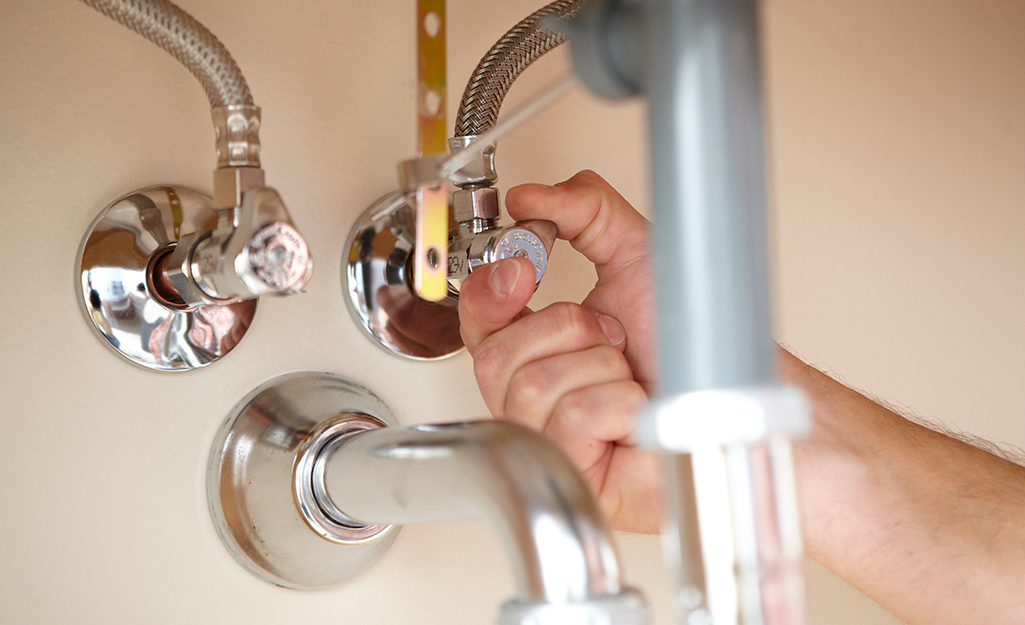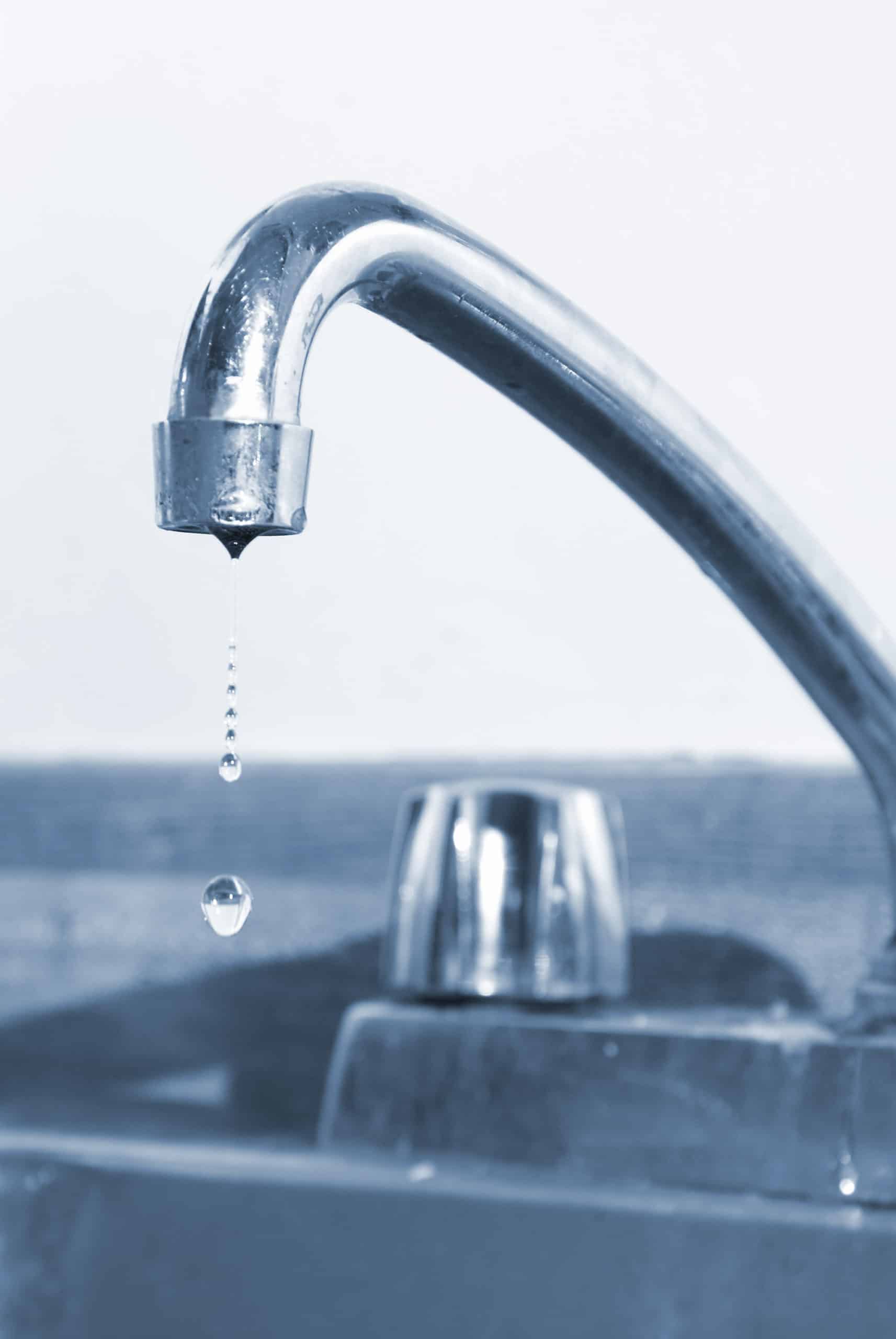My Reasons Behind Fixing a Faulty Faucet
My Reasons Behind Fixing a Faulty Faucet
Blog Article
Just how do you feel on the subject of Why It's Important to Fix Leaky Faucets?

Trickling taps might look like a small inconvenience, however their influence surpasses just the nuisance of the audio. From drainage to incurring unnecessary economic costs and health dangers, neglecting a trickling tap can lead to various consequences. In this short article, we'll explore why it's vital to resolve this typical family problem immediately and effectively.
Wastage of Water
Ecological Influence
Dripping taps add substantially to water wastage. According to the Epa (EPA), a single tap leaking at one drip per secondly can throw away more than 3,000 gallons of water annually. This not just strains water resources yet also influences ecosystems and wild animals dependent on them.
Financial Expenses
Raised Water Bills
Beyond the environmental effect, trickling taps can inflate water bills significantly. The collected wastefulness over time translates into higher utility expenses, which could have been avoided with timely repair work.
Potential Building Damages
In addition, long term leaking can lead to harm to components and surfaces surrounding the tap. Water build-up can trigger staining, deterioration, and even structural concerns if left neglected, leading to additional fixing expenses.
Health Problems
Mold and Mold Growth
The constant existence of moisture from a trickling faucet develops an optimal environment for mold and mold growth. These fungi not only endanger interior air high quality but additionally pose wellness dangers, especially for individuals with respiratory system problems or allergies.
Waterborne Conditions
Stagnant water in dripping taps can become a breeding place for germs and various other microorganisms, boosting the risk of waterborne illness. Contaminants such as Legionella germs thrive in stationary water, possibly causing serious illnesses when consumed or breathed in.
Do it yourself vs. Expert Fixing
Benefits and drawbacks of Do It Yourself Fixing
While some might attempt to deal with a leaking tap themselves, do it yourself repairs include their very own collection of obstacles. Without correct knowledge and devices, DIY attempts can intensify the issue or result in insufficient repair work, lengthening the problem.
Benefits of Working With a Professional Plumber
Hiring a professional plumber guarantees that the underlying reason for the leaking tap is dealt with efficiently. Plumbings possess the expertise and equipment to diagnose and fix faucet issues successfully, conserving time and minimizing the threat of more damage.
Step-by-Step Overview to Taking Care Of a Dripping Faucet
Devices Called for
Before trying to fix a leaking faucet, collect the necessary tools, consisting of a flexible wrench, screwdrivers, substitute parts (such as washing machines or cartridges), and plumber's tape.
Common Faucet Issues and Their Solutions
Determine the sort of tap and the certain issue creating the drip. Typical problems include worn-out washing machines, rusty shutoff seats, or faulty O-rings. Describe maker instructions or online tutorials for step-by-step guidance on repairs.
Safety nets
Routine Maintenance Tips
To prevent dripping faucets, perform routine upkeep such as cleansing aerators, evaluating for leakages, and changing damaged components without delay. In addition, think about installing water-saving tools or updating to a lot more efficient fixtures.
Significance of Prompt Services
Dealing with dripping taps as quickly as they're observed avoids further water wastefulness and prospective damage, inevitably saving both water and money in the future.
Effect On Residential Property Value
Understanding of Well-Maintained Building
Preserving a residential property in good condition, including attending to upkeep problems like leaking faucets, boosts its perceived value and charm amongst possible buyers or tenants.
Influence on Resale Worth
Properties with properly maintained plumbing fixtures, consisting of faucets, command higher resale worths in the realty market. Dealing with trickling faucets can add to a positive impact during home evaluations and negotiations.
Ecological Obligation
Specific Payment to Conservation
Taking duty for repairing trickling taps lines up with wider initiatives towards water preservation and environmental sustainability. Every person's actions collectively make a significant influence on protecting valuable resources.
Sustainable Living Practices
By prioritizing timely repair work and adopting water-saving habits, people add to sustainable living methods that profit both existing and future generations.
Final thought
Addressing a trickling faucet goes beyond mere ease; it's an important action toward preserving water, decreasing economic costs, and guarding health and property. Whether with DIY repair services or professional support, doing something about it to fix leaking taps is a tiny yet impactful way to promote accountable stewardship of sources and add to a much healthier, more sustainable future.
How to Fix a Leaky Faucet: Step-by-Step Repair Guide
A leaky faucet may seem like a simple annoyance, but if it's not fixed promptly, that leak could cost hundreds to potentially thousands. From water damage to mold, mildew, and high water bills, even a tiny leak can be catastrophic if left unattended. Damage like this can even affect the overall value of your home, so it's important to take the right approach for leaky faucet repair. You may need the help of a plumber in some cases, but we've got a few tips you can try on how to fix a leaky faucet before calling the pros.
Four Faucet Types
When you're learning how to fix a leaky faucet, the first step is knowing what kind of faucet you're working with! There are four common types.
Cartridge Faucets
Cartridge faucets come in one- or two-handled varieties. In one-handled cartridge faucets, hot and cold water combines in a single cartridge. In the two-handled versions, hot and cold water are controlled separately and mixed in the faucet.
Ball Faucets
Ball faucets have a single lever you push up and down to adjust the pressure and rotate to change the temperature. A slotted metal ball controls the amount of water allowed into the spout.
Compression Washer Faucets
They're the oldest type of faucet, but they're still used in many homes — especially older ones. Compression faucets have two separate handles that, when turned, raise or lower the washer that seals a water valve. This valve stops water from flowing through the faucet when it is turned off.
Disc Faucets
Disc faucets rarely need to be repaired due to their maintenance-free design. The water flow is controlled by two discs — the upper one raises and lowers against a fixed lower disc, creating a watertight seal. If your disc faucet starts leaking, you may need to replace the seals or clean residue buildup from the inlets.
Fixing a Leaky Faucet
Step 1: Turn Off the Water
Whether you're learning how to fix a leaky bathtub faucet or how to fix a leaky kitchen faucet, always turn off the water supply to your working area when you're fixing a leak. The last thing you want is a flood added to your list of things to fix.
Look for the shutoff valves below your sink or around the tub and turn them clockwise to stop the water flow. If your faucet doesn't have shutoff valves, you may need to turn off the water for the whole house. Check to make sure it's off by turning the faucet on. If nothing comes out, you're ready to start the repair.
Step 2: Take Apart the Faucet
How you disassemble your faucet depends on the type of fixture you have. You can use a flathead screwdriver to remove the caps on top of the handle or handles for cartridge and compression faucets. Inside, you should see handle screws. Unscrew these with a screwdriver to remove the handle.
Disc- and ball-style faucets will typically have an inlet screw near the handle, and removing that will reveal the interior of the faucet.
Detach the Valve Stem
For cartridge- and compression-style faucets, you'll see the inner valve stem or cartridge once you remove the faucet handles. If you have a compression faucet, unscrew the brass valve stem. If you have a cartridge faucet, pull out the cartridge. If your cartridge has been in place for a while, it may require some tools or extra force to remove it due to mineral deposits.
Examine and Replace Parts
Once you've removed the parts, check them out to confirm what needs to be replaced. You may see corroded rubber washers, O-rings, stems, or cartridges. On a ball-style faucet, check the seats and springs for damage.
If you need to repair a leaky disc faucet, check the inlet and seals on the lower disc.
Once you determine what parts must be replaced, visit your local hardware store. Bring the damaged parts with you to ensure you can purchase the correct components to replace them.
Clean Valves and Faucet Cavity
If you've removed a stem or cartridge, you may notice mineral buildup in the faucet's threads. Use white vinegar to clean the valve seat by soaking it for a few minutes, then scrub it away with a soft toothbrush and rinse with warm water. You can also clean the interior of the faucet in the same way.
Reassemble the Faucet
Once your faucet is cleaned and the required parts have been replaced, it's time to reassemble it. Put the pieces back together and slowly turn the water supply back on. Doing this slowly is crucial because too much initial water pressure can damage the new hardware you've just installed.
https://homewarranty.firstam.com/blog/how-to-fix-leaky-faucet

Do you really like reading up on Leaky Faucets: Why They Happen & What to Do About Them? Write a remark down the page. We'd be happy to know your suggestions about this entry. In hopes to see you back again later on. Enjoyed reading our blog entry? Please share it. Help other people find it. Thanks a lot for your time. Come back soon.
Report this page